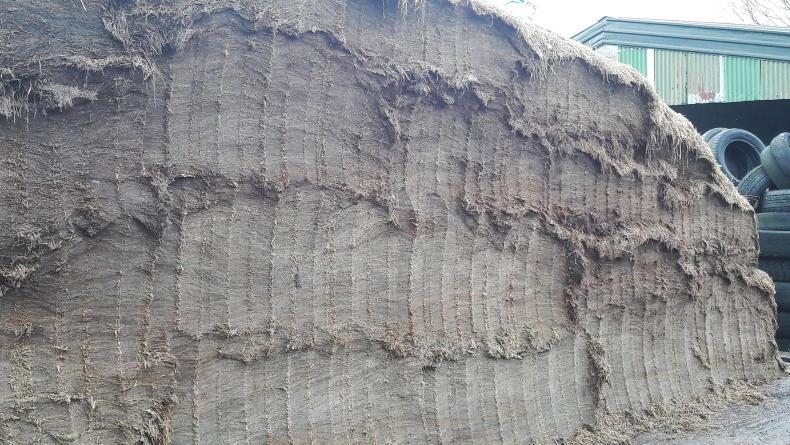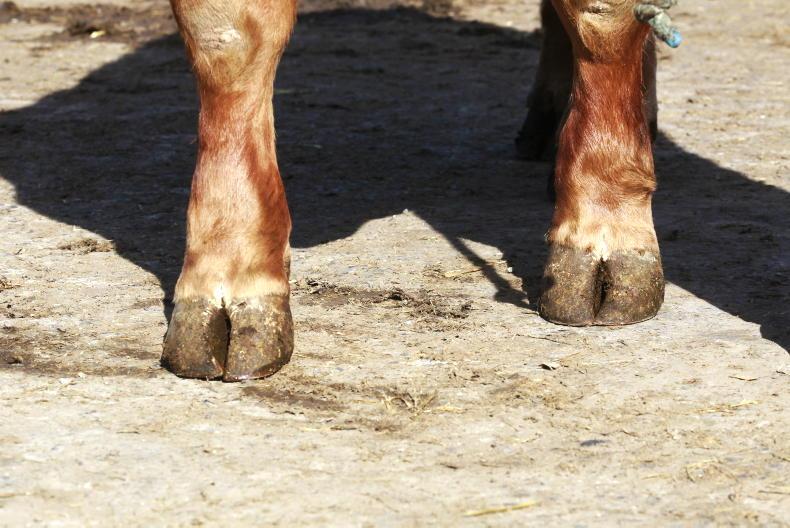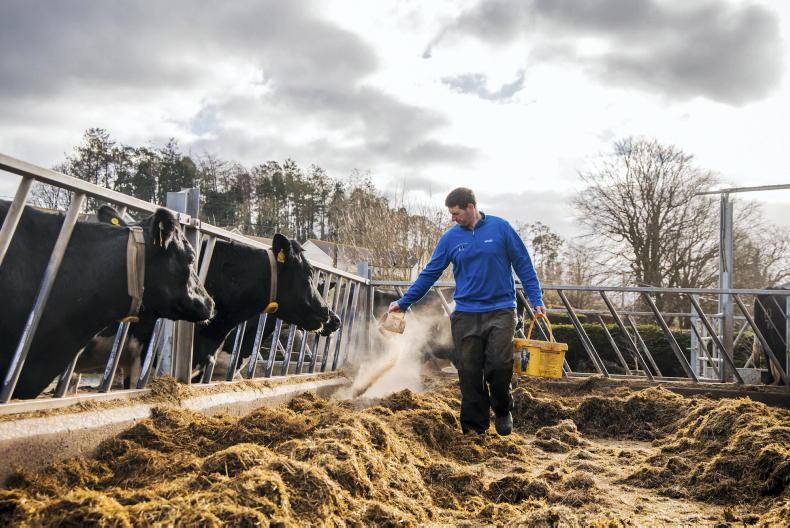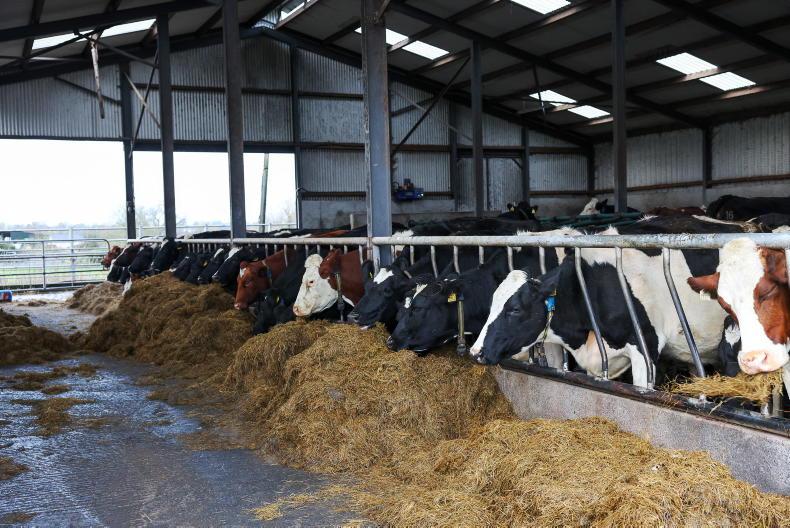Grass silage forms the basis of the majority of winter diets for cattle across the country.
At the very least, silage quality can be described as variable, with a host of factors and situations defining the final feed value when it reaches the animal's mouth.
Grass silage is an expensive feed to produce, so getting the most from your investment is critically important.
While a lot of the opportunities to maximise the return on investment are in the growing, harvesting and efficient ensiling of the grass crop, come feed-out time there are things that can be done to reduce any further losses in quality throughout the winter period.
Research
Work carried out in Teagasc beef research centre in Grange, Co Meath, found that for every 1,000kg of grass dry matter (DM) in a silage sward, between 150kg and 300kg of grass never makes it to the animal’s mouth as silage.
Add to this the fact that the digestibility of the ingested silage can be anywhere from zero to seven percentage points below the digestibility of the silage sward in the field immediately before mowing.
These losses occur primarily at harvest time through respiration, leaching by rain, soil contamination and incomplete pickup.
At feed-out, losses occur due to inefficient fermentation, aerobic activity or soil contamination, leading to respiration and mould spoilage.
Losses at feed-out
Management of the pit face and efficiency of silage delivery and feeding throughout winter can have a huge effect on the overall quantity and quality of your winter feed.
On a silage crop that yields 6,000 kg grass DM/ha, from harvest to entering the animal's mouth in winter produces 5,040kg and 4,200kg of silage, where losses range from 16% (excellent management) to 30% (poor management).
Corresponding quality losses would be 0% and 4% digestibility units respectively.
This difference in management results in a yield loss of a massive 80 feeding days per hectare of a typical store animal.
The digestibility loss difference from excellent to poor management will require an additional 1kg rolled barley/animal/day to undo the loss in quality.
These losses result in costs of €120/ha (excellent management) to €390/ha (poor management) to provide cattle with the equivalent feed energy as the initial crop.
This demonstrates the importance of management during silage production and feed-out. This includes efficient mowing, conditionings and pick-up, fast filling and perfect sealing of the silo.
Pit face management
During winter, this means fast and tidy feed-out, moving across the pit face as quickly as possible and cutting the face as tidily as possible to reduce the amount of air introduced to the pit face.
Clean feed troughs
The final area that needs to be successfully managed is the correct provision and allocation of feed and waste removal at the feed trough.
Old or stale feed left in front of cattle will cause fresh silage to spoil quicker, as well as cattle being more selective about what they eat, which can result in a greater level of waste.










SHARING OPTIONS